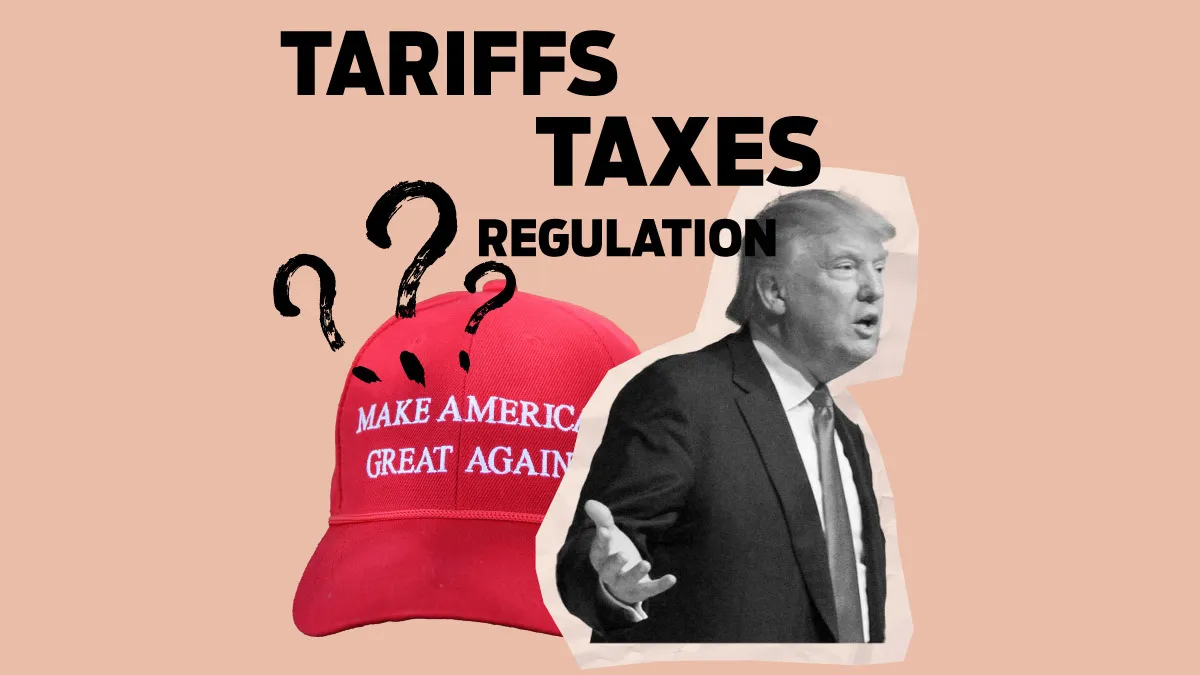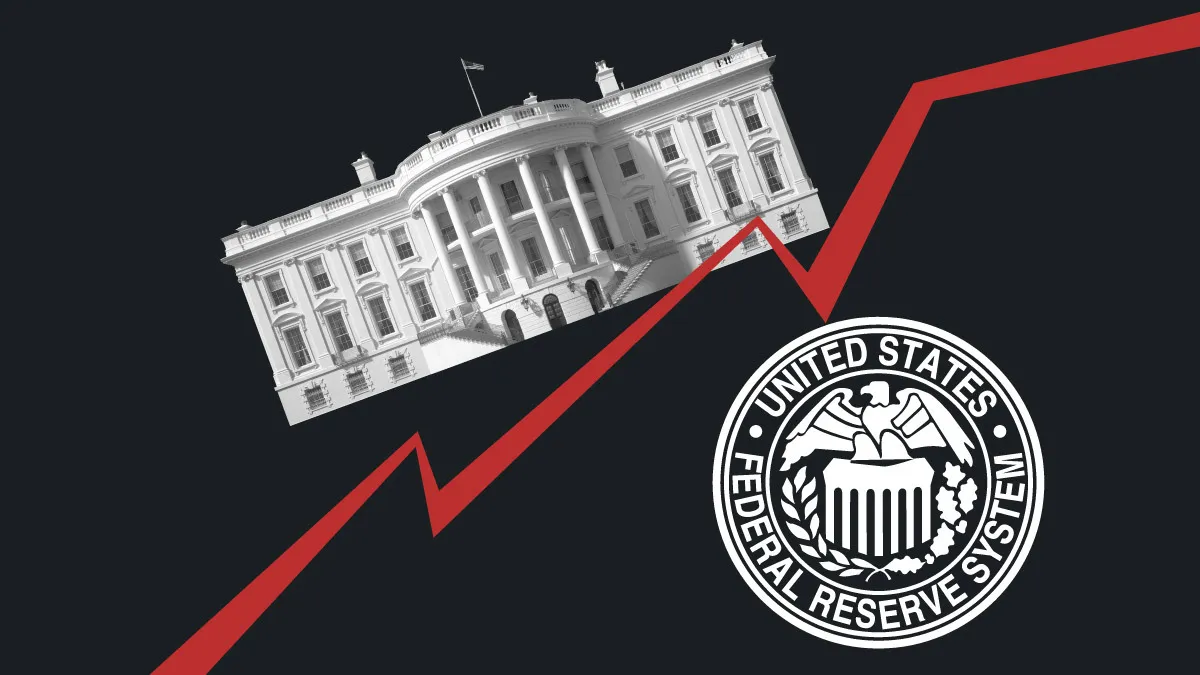Trump tariffs would result in price increases for homebuilders

Praising tariffs as “the best thing ever invented” is unusual — that title is usually reserved for sliced bread — but Donald Trump has always been vocal about his trade policies.
An impending return to the White House for Trump could increase U.S. homebuilding costs as his proposed tariffs would likely increase prices for essential building materials. This reflects the impact on housing costs of his previous term through higher tariffs on Canadian lumber.
Tariffs on Canadian softwood lumber have persisted under President Joe Biden’s administration even doubled. This has led to factory closures and job losses in Canada, along with higher costs for American builders.
Trump’s current proposals include a 10% or 20% tariff on all imports across the board, along with an additional tariff of 60% to 100% on products imported from China. On November 4, the last day of the campaign, Trump also promised one 25% tariff on all Mexican goods “If they don’t stop this onslaught of criminals and drugs coming into our country.”
Pantheon Macroeconomics Forecasters estimate that a 10% universal rate could increase inflation by roughly 0.8 percentage points next year, further increasing pressure on U.S. producers. According to the Tax FoundationA 20% rate would increase taxes on American households with an average of $2,045.
“We don’t have enough details yet to make a concrete point, but based on the broad strokes that have been described, there is a risk that this could increase the cost of housing,” said Mike Fratantoni, chief economist at the Association of Mortgage Bankers (MBA). “The most likely impact of rates would be to increase the cost of housing at a time when affordability is a real challenge.”
The newest price measure for wood framing of the National Association of Home Builders (NAHB) points to a steady increase, with woodwork up 2.9% in the week ending November 1 and up 17.2% from a year ago. Downsizing and closures of lumber mills in North America, especially in Canada, are impacting supply, as companies want Western forest products And Kanfor cutting production due to weak demand and high US tariffs.
It’s not just raw materials, either, as items like garage doors, air conditioning systems and dumpsters could also see price increases. Trump’s previous tariffs included levies of up to 30% on steel and aluminum, raising construction costs across the board. as reported by Voice Of America.
Because the details of the rates aren’t set in stone, Fratantoni said there are a few possibilities they could create.
“If there is only a tariff that is specific to one country, there is always the opportunity to source those inputs from someone else at a similar cost,” he said. “If it is the broad base rates, that reduces the ability to find cheaper inputs, so that will probably be more inflationary across the economy and more certainly add more costs in the housing sector.”
During Trump’s first term, tariffs on Canadian softwood lumber led to a rise in costs for homebuilders. In 2018, the NAHB estimated that the rates added nearly $9,000 to the cost of building a single-family home. The impact on lumber prices was dramatic, with costs increasing by nearly 80% year over year, partly due to taxes.
According to the Tax Foundation, the Trump administration Nearly $80 billion in new taxes implemented on Americans by imposing tariffs on thousands of products worth about $380 billion in 2018 and 2019 – one of the largest tax hikes in decades.
Ryan Tatro, owner of the Connecticut-based company RT Construction & Maintenance LLCsaid he is optimistic about construction costs, despite the looming news on tariffs.
“During the Biden administration, my revenue dropped 21%,” Tatro said. “Costs just went up and there was a labor shortage. Five years ago, interest [rates] were lower; materials were a lot lower. For example, four years ago a piece of OSB plywood cost $9, and it has now gone up to almost $50.”
Tatro said he and his construction colleagues are hopeful, but he admits he doesn’t know what could happen in the coming year.
“It’s really affected builders because you give a price for a job, and it used to be that you could give a customer a 60-day period. Now you’re literally giving people five days because prices fluctuate so much,” he said.




